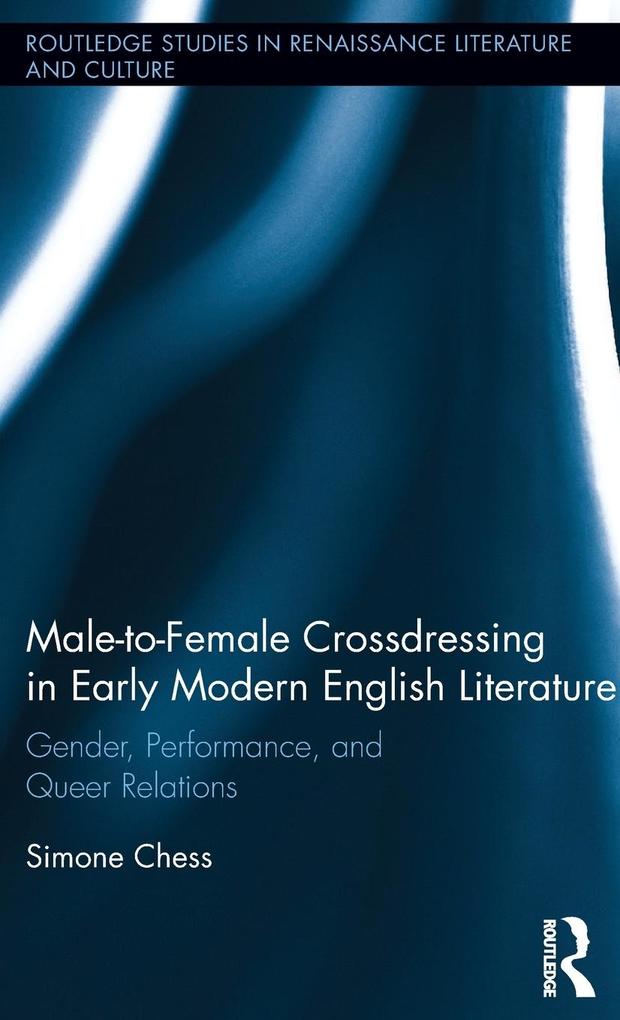
Zustellung: Mi, 18.06. - Sa, 21.06.
Versand in 1-2 Wochen
VersandkostenfreiBestellen & in Filiale abholen:
This book examines male-to-female (MTF) crossdressing in early modern drama, prose, and poetry. Chess argues that MTF crossdressing episodes are rich sources for socially-oriented readings of queer gender-that crossdressers' genders are constructed and represented in relation to romantic partners, communities, and broader social structures like marriage, economy, and sexuality. These relational representations show that the crossdresser often benefits financially, socially, and erotically from his/her queer gender presentation. The book makes a larger space for queer, genderqueer, male-bodied, and queer-feminine representations in conversations about early modern gender and sexuality.
Inhaltsverzeichnis
Introduction: Passing Relations
1. Doublecrossdressing Encounters: Haec Vir and Hic Mulier, The Faerie Queene, May Day, and "Robin Hood and the Bishop"
2. Crossdressed Brides and the Marriage Market: A Mad World, My Master, Epicoene, and "Phylotus and Emelia"
3. Crossdressing and Queer Heterosexuality: Arcadia, Urania, Isle of the Gulls, and "Sport Upon Sport"
4. Crossdressing, Sex, and Gender Labor: Convent of Pleasure, Gallathea, and "The Male and Female Husband"
Epilogue
1. Doublecrossdressing Encounters: Haec Vir and Hic Mulier, The Faerie Queene, May Day, and "Robin Hood and the Bishop"
2. Crossdressed Brides and the Marriage Market: A Mad World, My Master, Epicoene, and "Phylotus and Emelia"
3. Crossdressing and Queer Heterosexuality: Arcadia, Urania, Isle of the Gulls, and "Sport Upon Sport"
4. Crossdressing, Sex, and Gender Labor: Convent of Pleasure, Gallathea, and "The Male and Female Husband"
Epilogue
Produktdetails
Erscheinungsdatum
20. April 2016
Sprache
englisch
Seitenanzahl
210
Autor/Autorin
Simone Chess
Verlag/Hersteller
Produktart
gebunden
Gewicht
402 g
Größe (L/B/H)
222/145/15 mm
ISBN
9781138951211
Entdecken Sie mehr
Bewertungen
0 Bewertungen
Es wurden noch keine Bewertungen abgegeben. Schreiben Sie die erste Bewertung zu "Male-to-Female Crossdressing in Early Modern English Literature" und helfen Sie damit anderen bei der Kaufentscheidung.










